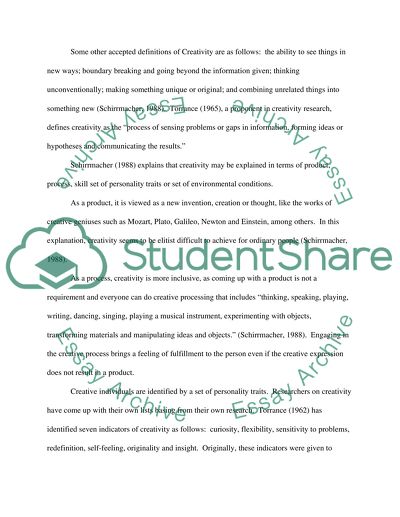Cite this document
(“Exploring parents views on their roles in their childrens creativity Dissertation”, n.d.)
Retrieved from https://studentshare.org/family-consumer-science/1415290-exploring-parents-views-on-their-roles-in-their-childrens-creativity-development
Retrieved from https://studentshare.org/family-consumer-science/1415290-exploring-parents-views-on-their-roles-in-their-childrens-creativity-development
(Exploring Parents Views on Their Roles in Their Childrens Creativity Dissertation)
https://studentshare.org/family-consumer-science/1415290-exploring-parents-views-on-their-roles-in-their-childrens-creativity-development.
https://studentshare.org/family-consumer-science/1415290-exploring-parents-views-on-their-roles-in-their-childrens-creativity-development.
“Exploring Parents Views on Their Roles in Their Childrens Creativity Dissertation”, n.d. https://studentshare.org/family-consumer-science/1415290-exploring-parents-views-on-their-roles-in-their-childrens-creativity-development.


